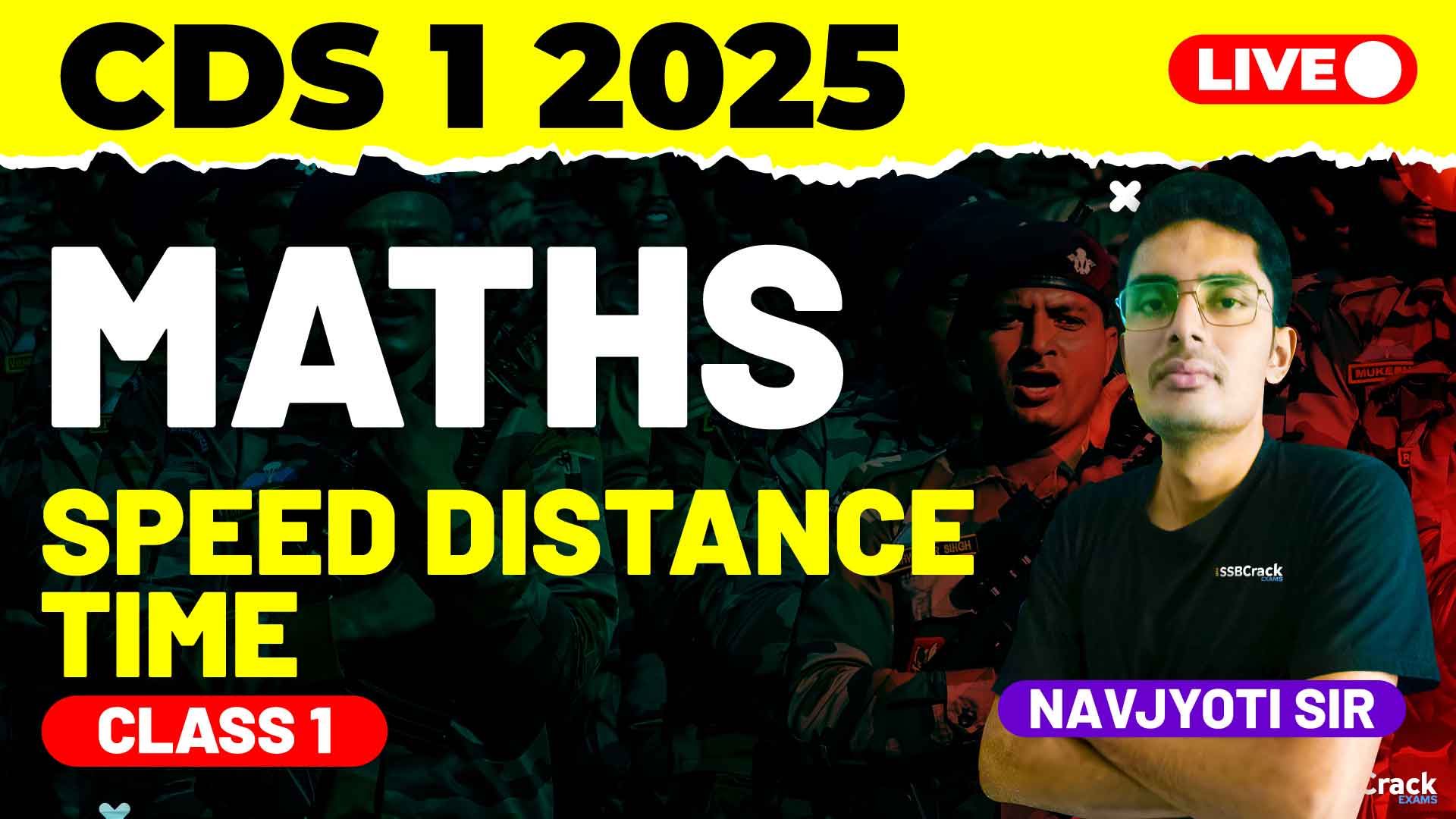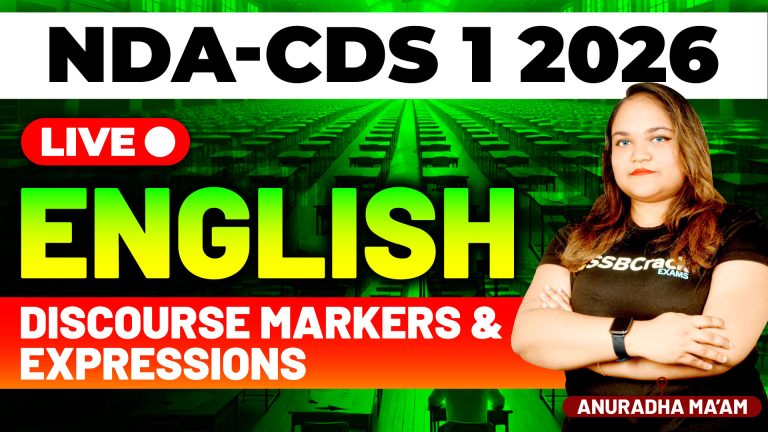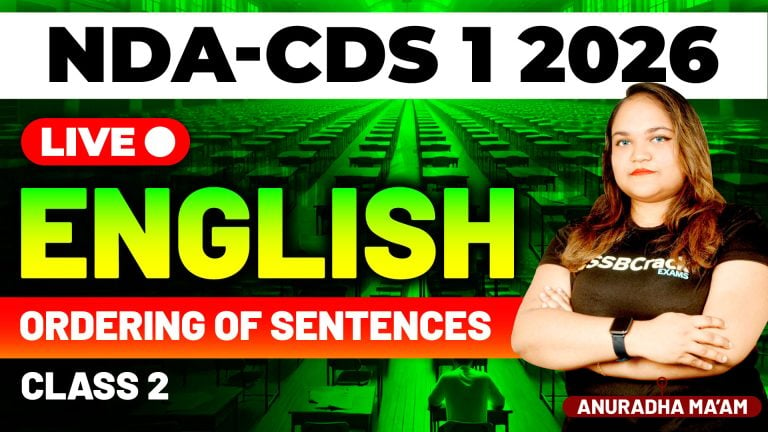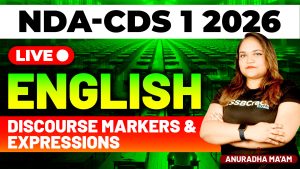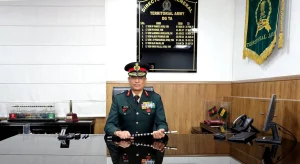Speed, Distance, and Time is a critical topic in the Maths section of the Combined Defence Services (CDS) Exam. A recent class dedicated to this topic focused on its core concepts, providing students with a deeper understanding of the subject and honing their problem-solving skills. The session also highlighted how mastering this topic can enhance accuracy and efficiency in the exam.
In this blog, we will explore the highlights of the session, the importance of Speed, Distance, and Time in the CDS Exam, and strategies to prepare effectively for this topic.
Overview of the Class
The class was structured to cover key sub-topics under Speed, Distance, and Time, including:
Core Concepts
- Speed, Distance, and Time Relationship: Students revisited the foundational relationship that connects speed, distance, and time. The discussion also included understanding how varying one parameter affects the others.
- Units of Measurement: Special attention was given to unit conversions, such as kilometers per hour to meters per second and vice versa, which are common in exam problems.
Average Speed
- This sub-topic explored scenarios involving different speeds for different segments of a journey. The focus was on understanding how to calculate the average speed for a journey involving multiple segments with varying speeds.
Time to Cross
- Problems involving trains, platforms, and bridges were analyzed. The discussion covered how to calculate the time taken by moving objects to cross each other or stationary objects, considering factors like relative motion.
Strategies to Prepare Speed, Distance, and Time
- Understand the Basics
Build a solid understanding of the relationship between speed, distance, and time. Familiarize yourself with the concept of relative motion, which is essential for solving train and platform-related problems. - Master Unit Conversions
Be comfortable with converting between different units, such as kilometers per hour to meters per second. Practice problems involving unit conversions to avoid errors during the exam. - Practice Average Speed Problems
Average speed questions can be tricky, especially when involving multiple segments of a journey. Solve a variety of problems to understand the nuances of this concept. - Focus on Time to Cross Problems
Train and platform-related questions often appear in the CDS Exam. Practice problems where objects cross each other, stationary objects, or entire platforms to build confidence. - Work on Visualization
For complex problems, try to visualize the scenario described in the question. Drawing a simple diagram can help clarify the problem and guide your solution. - Solve Previous Year Papers
Analyzing past CDS Exam papers will give you a sense of the types of questions asked and the level of difficulty. Practice these problems to familiarize yourself with the exam pattern. - Take Timed Practice Tests
Speed and accuracy are crucial for solving these questions in the exam. Simulate exam conditions by solving practice questions within a time limit. This will help you manage your time effectively during the actual exam. - Review Common Mistakes
Analyze errors in your practice sessions, whether they are due to incorrect unit conversions, misinterpretation of the question, or calculation mistakes. Learning from these errors will help you improve.
How to Approach Speed, Distance, and Time Questions in the Exam
- Read the Question Carefully
Pay attention to details such as units, speeds, and distances. Misinterpreting a question can lead to incorrect answers. - Choose the Right Formula
Identify the specific calculation required—whether it’s speed, distance, or time—and use the appropriate formula. - Simplify the Problem
Break down complex problems into smaller, more manageable steps. This approach reduces confusion and minimizes errors. - Check Your Calculations
Double-check your calculations, especially for unit conversions and final answers, to ensure accuracy.
Conclusion
The recent class on Speed, Distance, and Time provided students with valuable insights into this essential topic for the CDS Exam. By focusing on conceptual understanding and consistent practice, students can strengthen their command over this high-scoring area.
A strategic approach to preparation, involving mastering basics, solving diverse problems, and practicing under timed conditions, will help aspirants tackle these questions with confidence. With dedication and regular practice, achieving success in the CDS Exam becomes a realistic and attainable goal.
Stay focused, keep practicing, and speed your way to success!
